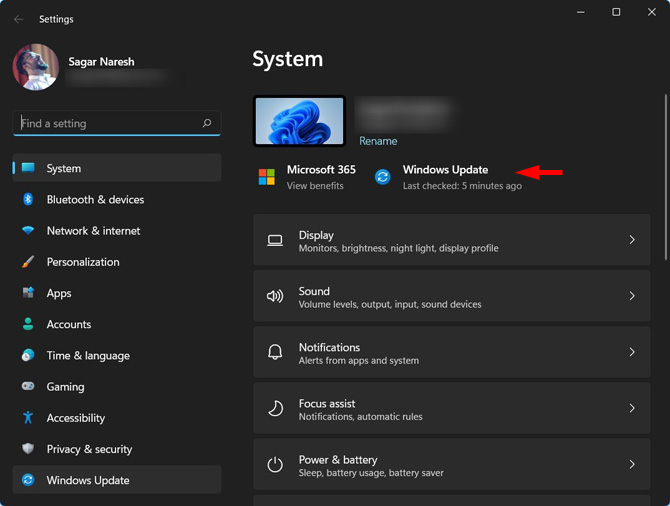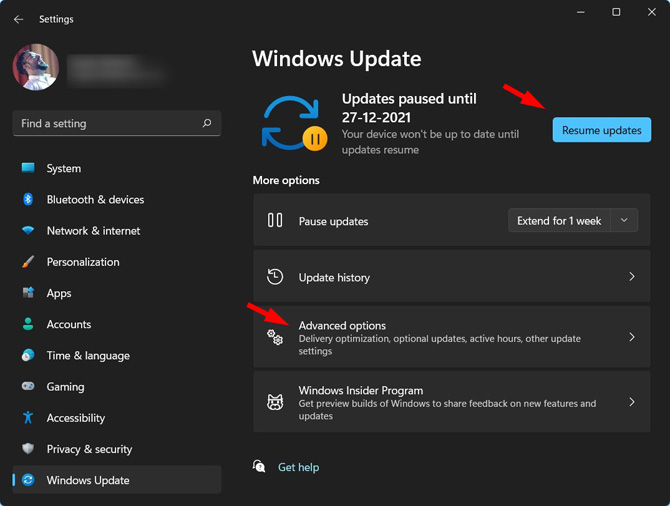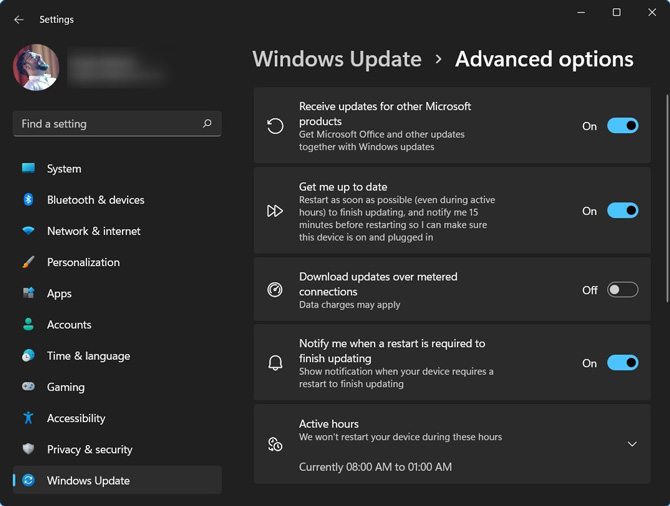Microsoft frequently pushes out updates to keep the Windows operating system up to date. While occasionally updates will bring new features, most of these updates improve security through new security firmware, updates for Microsoft products installed on your PC, the latest version of the important system software, and more. So it’s essential to your security and to the smooth operation of your PC to ensure Windows 11 is up to date.
In the seven days after Windows 11 launched this fall, Microsoft officially confirmed about 14 vulnerabilities, and later, the company pushed an update that fixed as many as 71 vulnerabilities. While a large number of users were not impacted, the presence of so many vulnerabilities on an OS touted to be the most secure, speaks volumes. Therefore, we highly recommended that you install any official Microsoft update that arrives for your Windows 11 machine as soon as practicable.
You can update Windows 11 automatically or manually. We recommend that you keep automatic updates on (the default setting with Windows), unless you are confident that you will remember to regularly check for updates.
The process for updating Windows 11 differs slightly from Windows 10 because the layout of some settings has changed. Follow these steps to update Windows 11.
- Right-click on the Start menu icon on the Windows Taskbar at the bottom.
- Select “Settings.”
- On the left, click on “Windows Update.”

- On the right side, ensure it does not say “Updates paused until (date)”. If updates are pause, click on the “Resume updates” button.

- Under “More options,” click on “Advanced options.”
- On the Advanced options page, make sure that you have toggled on the “Receive updates for other Microsoft products.” When you toggle on “Receive updates for other Microsoft products,” your computer will look for updates for all the Microsoft software installed on your Windows 11 PC.
- If you want updates installed as soon as the arrive, toggle on "Get me up to date." Otherwise, set your "Active hours," so restarts won't occur while you're actively using your computer.
- Click on "Windows Update" at the top of the "Advance Options" window.

- Click on the "Check of updates" button to begin the update process manually. Future updates will happen automatically.
Note that your PC may need to restart multiple times based on the number of new updates installed. Don't turn off your computer in the middle of the process and make sure your laptop is plugged in or has a full battery. If the update process is interrupted, it can create file corruption issues that cause your PC to have errors or even fail to boot.
If you are not able to make changes to your Windows 11 automatic update settings, make sure you’re logged in as an administrator. To check, click on the Start menu icon on the Windows Taskbar at the bottom. Click on your name at the bottom of the window that pops up. Then, click on “Change Account Settings.” Under your name and email, you will see the word “Administrator,” if you are logged in as an administrator.
Finally, keep in mind that even though your Windows 11 PC may be set for automatic update installation, you can always manually check for updates.
Keeping Windows 11 up to date is one critical piece of keeping your device secure. For more tips, check out our recommendations for 10 things you can do now to improve your online security.
[Image credit: Screenshots via Techlicious, SmartMockups]
Sagar Naresh Bhavsar has been writing about technology for more than two years. Previously, he was a staff writer at Guiding Tech and TechWiser. He loves working out, having a cup of coffee, and playing guitar.














